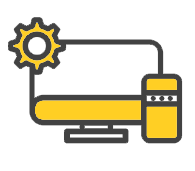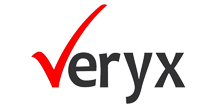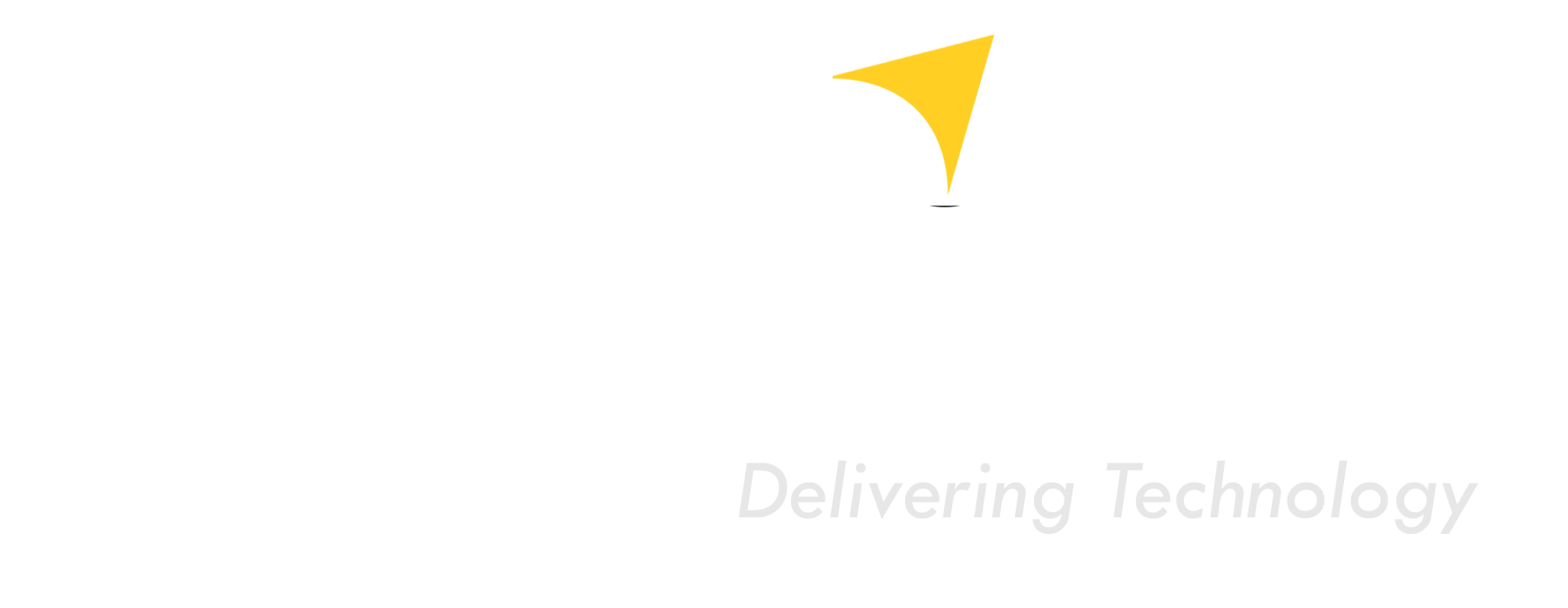- Services
-
-
-

Application Services
Application Development, Application Testing, Application Modernization and Maintenance Support.

Cloud and Infrastructure Services
Enterprise Cloud migration (TCO), Lift and Shift, Modernization, Security & Governance, Optimization and much more.

Engineering Consulting and Automation
Full-cycle software development & engineering services.

Talent Solutions
100 Years of cumulative experience in building world class talent for our clients.
-
-
-
- Platforms
-
-
-

QruizeMate
Leap ahead with QruizeMate. An Intelligent and Cognitive Automation Suite

QruizeMove
A Simple, Faster and Easy-to-Use Test Automation Suite
-
-
-
- Company
-
-
-

About Us
Empowering Businesses since 2013 with AI Driven Automation Tools & Services.

Leadership
Leadership team with minimum two decades of experience.
-
-
-
- Careers
- Contact Us

- Services
-
-
-

Application Services
Application Development, Application Testing, Application Modernization and Maintenance Support.

Cloud and Infrastructure Services
Enterprise Cloud migration (TCO), Lift and Shift, Modernization, Security & Governance, Optimization and much more.

Engineering Consulting and Automation
Full-cycle software development & engineering services.

Talent Solutions
100 Years of cumulative experience in building world class talent for our clients.
-
-
-
- Platforms
-
-
-

QruizeMate
Leap ahead with QruizeMate. An Intelligent and Cognitive Automation Suite

QruizeMove
A Simple, Faster and Easy-to-Use Test Automation Suite
-
-
-
- Company
-
-
-

About Us
Empowering Businesses since 2013 with AI Driven Automation Tools & Services.

Leadership
Leadership team with minimum two decades of experience.
-
-
-
- Careers
- Contact Us








